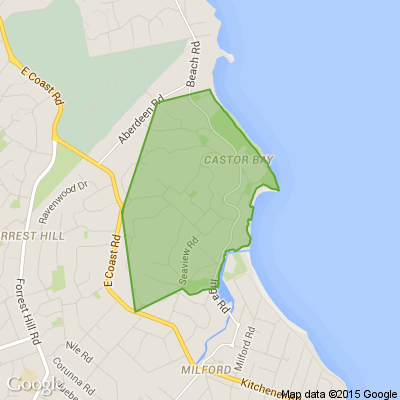Vine weeds, vine weeds, and more vine weeds...
If your garden seems to have disappeared somewhere under an unfamiliar...or all-too-familiar...mass, now is the time to reclaim it. And don't worry, in most cases it CAN be reclaimed, once you know what's going on in the jungle.
The explosion of moth plant pods in the neighbourhood, each burst pod's thousands of tiny seeds blown on the wind, means almost every garden is likely to have at least a seedling or two...and many have thousands. Easy to pull out as seedlings or very young vines, but hard to spot as they hug fences and trees to climb into the leafy canopy, where they match the greenery and hide their seed-filled pods.
Ivy is often unrecognised when mature, as it has a different shape and colour of leaf from the familiar dark green leaf. It also has hanging bunches of flowers which turn to little black berries, loved by blackbirds who deposit the seeds at their next stop.
Japanese honeysuckle also has little black berries, spread by birds in the same manner. These seedlings are becoming more common, and start new honeysuckle invasions as far as the birds' feeding rounds take them.
Now summer is over, bindweed has slithered to the ground, where its spaghetti-like runners, hidden under mulch, leaf litter or weedmat, will lie dormant till Spring. Runners scooped up easily now mean next year's vines will be much smaller, giving us a chance to control them before they overtake our shrubberies, small trees and new plantings.
Pink jasmine still has its pretty green foliage, often covering fences and entire areas of shrubs and small trees, emerging from under buildings, and climbing up to 10m high wherever it finds a tree.
While it may be interesting to sit back and wait to see what will be the Last Plant Standing, you may prefer to call us for a Garden Ecology assessment, advice on how to restore order without chemicals or digging, or a weekly application of our gardening service (or more often if you want rapid transformation).
See our Profile for website and contact info, call 021485994, or email jenny@northshorewilds.co.nz
Neighbourhood Challenge: Who Can Crack This One? ⛓️💥❔
What has a head but no brain?
Do you think you know the answer? Simply 'Like' this post if you know the answer and the big reveal will be posted in the comments at 2pm on the day!
Want to stop seeing these in your newsfeed?
Head here and hover on the Following button on the top right of the page (and it will show Unfollow) and then click it. If it is giving you the option to Follow, then you've successfully unfollowed the Riddles page.

Auckland Harbour Bridge summer works
NZ Transport Agency Waka Kotahi is carrying out essential maintenance on the Auckland Harbour Bridge this December and January. The southbound clip-on lanes will be closed (24/7) from 26 December to 5 January for road resurfacing. Night-time lane restrictions will be in place throughout the summer for recoating work on the bridge. Traffic will still be able to travel in both directions at all times.

Poll: 🗑️ Would you be keen to switch to a fortnightly rubbish collection, or do you prefer things as they are?
Aucklanders, our weekly rubbish collections are staying after councillors voted to scrap a proposed trial of fortnightly pick-ups.
We want to hear from you: would you be keen to switch to a fortnightly rubbish collection, or do you prefer things as they are?
Keen for the details? Read up about the scrapped collection trial here.

-
82.9% Same!
-
17.1% Would have liked to try something different











 Loading…
Loading…